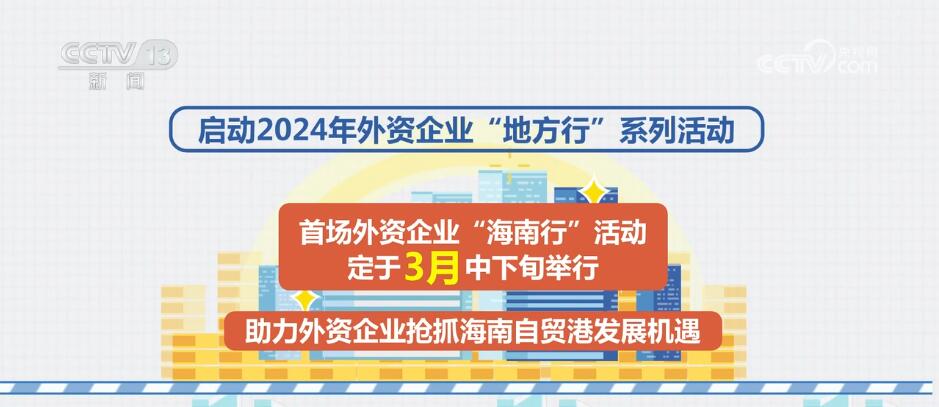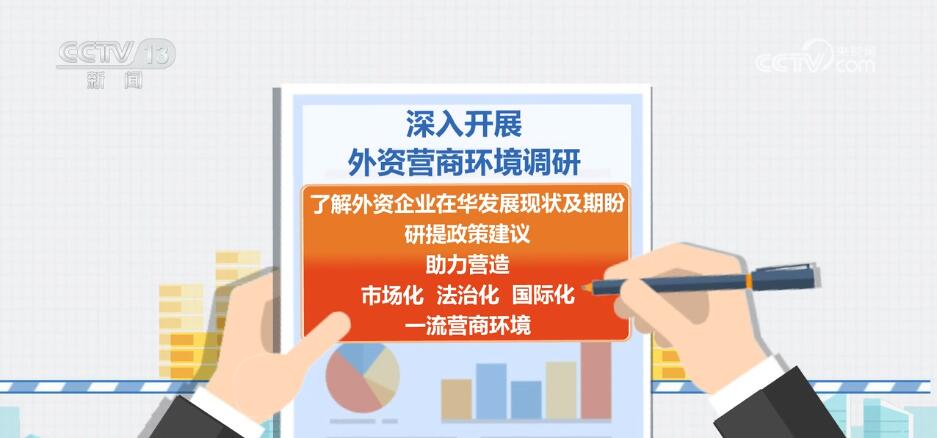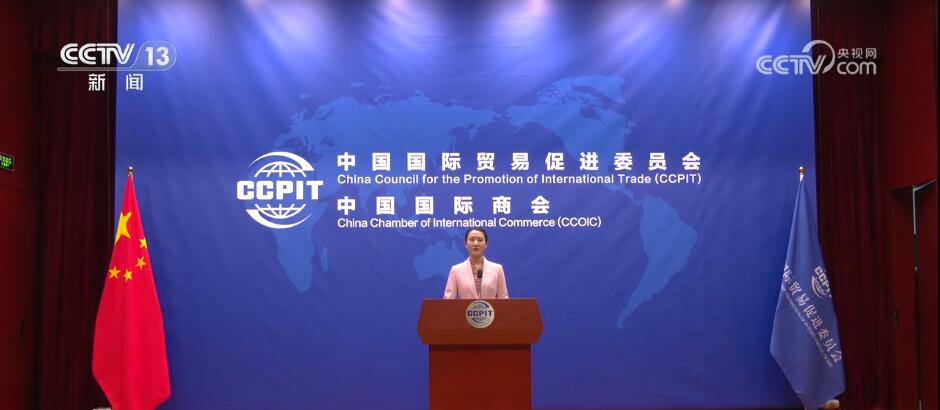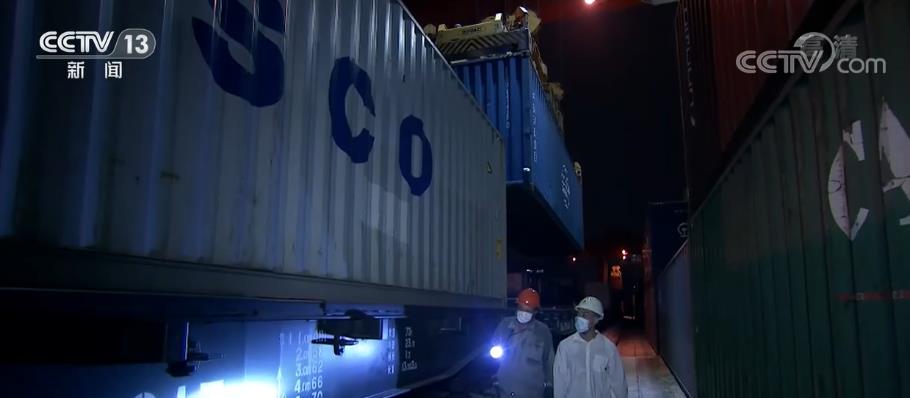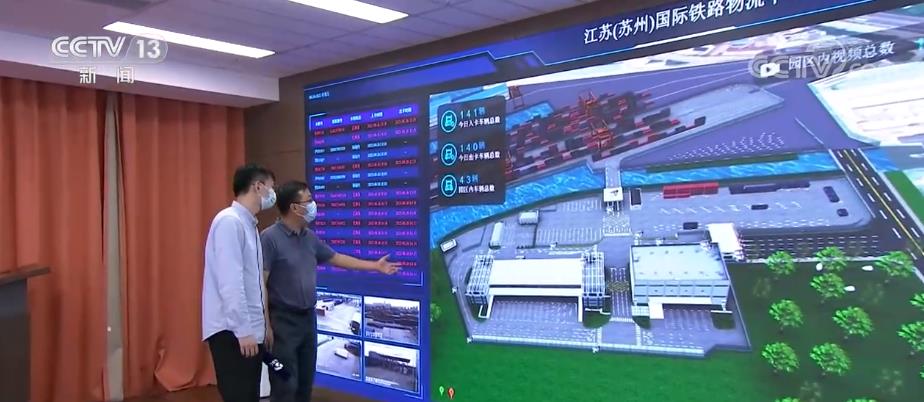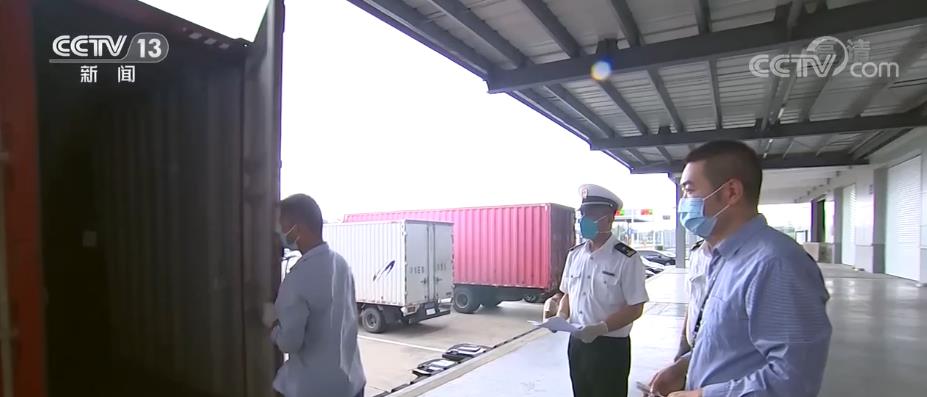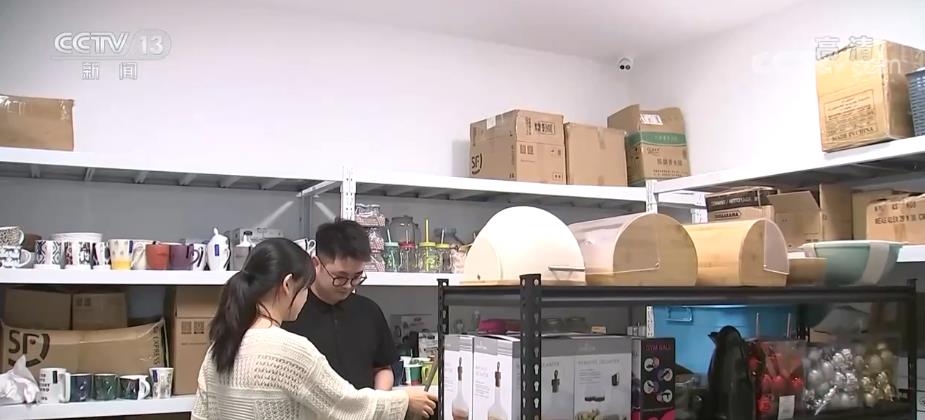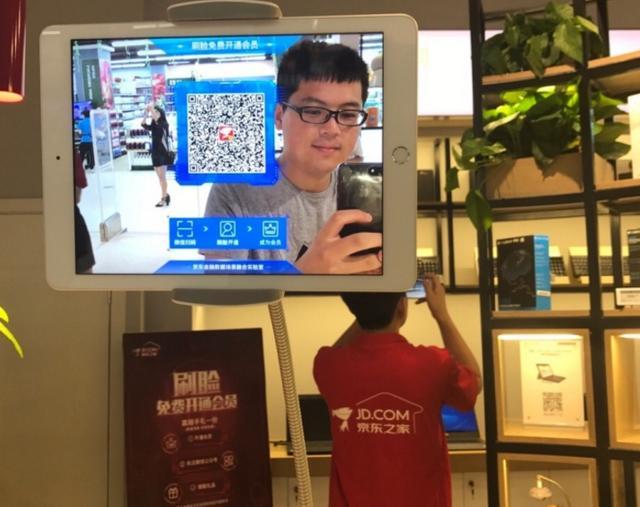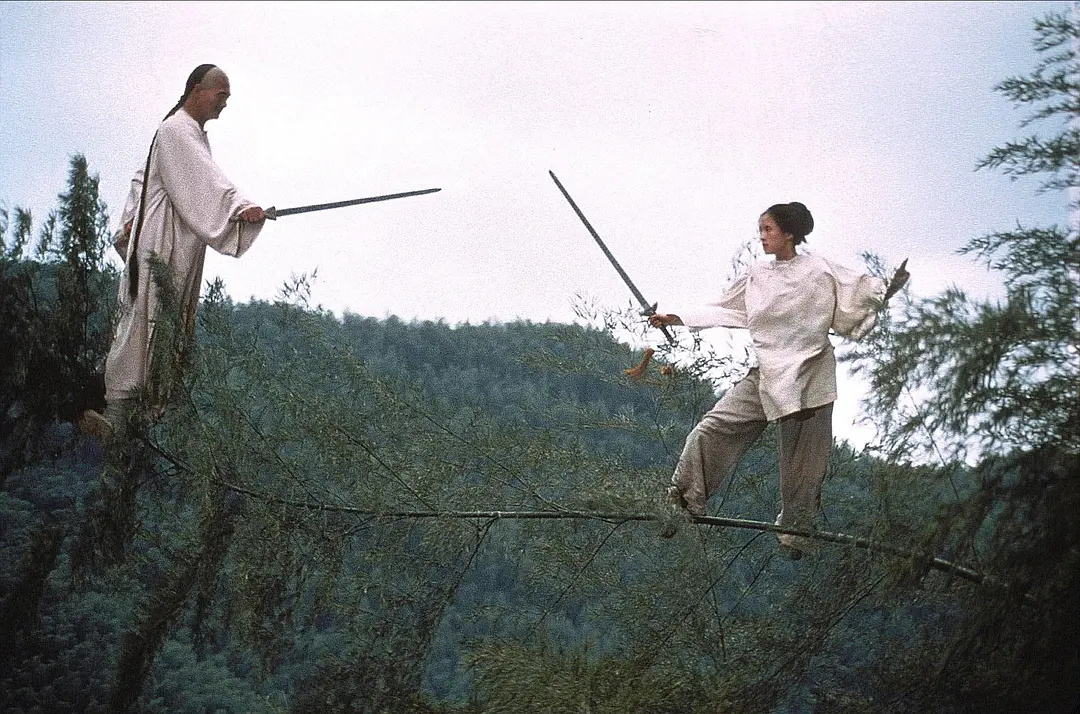Beijing Cultural Relics [2023] No.1771
District Culture and Tourism Bureau (Cultural Relics Bureau):
In order to implement the cultural thought of the supreme leader, the implementation opinions on strengthening the reform of cultural relics protection and utilization by the municipal leading group for promoting the construction of national cultural centers (J.W.J.F. [2020] No.1) and the opinions on encouraging and supporting social forces to participate in the protection and utilization of cultural relics buildings by National Cultural Heritage Administration (D.C.F. [2022] No.14), and promote the open utilization of cultural relics buildings in Beijing,Beijing Municipal Bureau of Cultural RelicsWe have formulated the Guidelines for the Open Utilization of Cultural Relics Buildings in Beijing (for Trial Implementation), which are hereby printed and distributed to you.
Please implement it according to the local actual situation, and feed back the new situations and problems that appear in the implementation process in time.Beijing Municipal Bureau of Cultural Relics.
Beijing Municipal Bureau of Cultural Relics
December 25, 2023
(Contact: Chang Shuo; Tel: 64078230)
Guidelines for the Opening and Utilization of Cultural Relics Buildings in Beijing (for Trial Implementation)
In order to implement the cultural thought of the supreme leader, implement the requirements of cultural relics work of "protection first, strengthening management, excavating value, effectively utilizing and making cultural relics alive", effectively utilize cultural relics resources in the capital, give full play to the positive role of cultural relics in providing public cultural services, meeting people’s spiritual and cultural life needs, and cultivating socialist core values, focus on solving the problem of uneven and insufficient cultural relics protection and utilization, and guide and encourage social forces to actively participate in cultural relics protection and utilization. To provide diversified and multi-level cultural products and services, this guideline is formulated in accordance with the law of People’s Republic of China (PRC) on the protection of cultural relics and other relevant laws and regulations, several opinions on strengthening the reform of the protection and utilization of cultural relics (No.54 [2018] of the Central Committee of the Communist Party of China) and the guidelines for the opening of cultural relics buildings (No.24 [2019] of the Cultural Relics Protection).
I. Basic principles
(1) These Guidelines are applicable to cultural relics protection units at all levels, ancient buildings, memorial buildings and other cultural relics among immovable cultural relics that have not been approved as cultural relics protection units, and focus on guiding district-level cultural relics protection units and immovable cultural relics that have not been approved as cultural relics protection units.
(two) the opening and utilization of cultural relics buildings adhere to the priority of social benefits, adhere to legal compliance, adhere to reasonable and moderate. The use of cultural relics buildings must be based on the premise of ensuring the safety of cultural relics, and cultural relics shall not be destroyed, damaged or affected. The utilization of cultural relics buildings must be controlled within the bearing range of cultural relics resources to avoid excessive commercialization.
(3) The opening and utilization of cultural relics buildings should be conducive to showing the historical value, cultural value, aesthetic value, scientific value and time value of cultural relics, giving full play to the social functions of cultural relics, and improving the protection status and safety management level of cultural relics.
(4) Encourage citizens, legal persons and other organizations to participate in the whole process of protection and utilization in accordance with laws and regulations, such as the protection and repair of cultural relics buildings, the retreat of use methods that endanger the safety of cultural relics buildings, the maintenance of historical features, the development of tourism and cultural creation, the open operation of exhibitions, and the development of cultural inheritance.
Second, the open use mode
(five) the cultural relics of different owners and users should be protected and utilized. All kinds of cultural relics buildings at all levels managed and used by the cultural relics administrative department should be open to the society as much as possible; Those that have been opened to the society should further explain their value, tap their potential and improve their services; If it is not open to the society, it is necessary to clarify the opening time limit; The current state-owned cultural relics buildings, which are used for office and residence and idle, can be fully opened by vacating or can be opened in a certain period of time and space. If non-state-owned cultural relics buildings are open to the public and provide exhibition services, the cultural relics administrative department shall give necessary guidance and help.
(6) On the basis of respecting the historical functions of cultural relics buildings, the use functions of cultural relics buildings are determined with the guidance of public welfare, taking into account the types of cultural relics, cultural values, building scale, spatial characteristics, public opinion sensitivity, social influence, preservation status, use status and carrying capacity.
1. The historical functions are palaces, altars and temples, government offices, mansions, gardens, temples, towers, city walls, gates, bridges, monuments, etc., and it is advocated to be open to the public as museums, depositories, and places for sightseeing.
2. The historical function is public buildings such as schools, hospitals, libraries, theaters, theaters, and modern buildings such as administrative, financial, and commercial buildings, which can continue their historical functions and need to be opened to the society by delineating open areas and defining open hours.
3. Cultural relics buildings whose historical functions are halls and embassies are encouraged to provide community services or be used as places for cultural exhibitions, public welfare offices and state activities, and to be opened to the public in a flexible way.
4. Cultural relics buildings with historical functions of residence, in which the former residences of celebrities are implemented with reference to the Code for the Protection and Utilization of Cultural Relics (WW/T0076-2017); Other residents’ courtyards can be opened to the public as public cultural places, tourist and leisure service places and provide diversified and multi-level social services on the premise of ensuring safety.
5. The protection and utilization of the former revolutionary site refer to the Guidelines for the Protection and Utilization of the Former Revolutionary Site (Trial) (Cultural Relics Baofa [2019] No.2); For the protection and utilization of industrial heritage, refer to the Code for the Protection and Utilization of Cultural Relics Industrial Heritage (WW/T0091-2018).
6. The central cultural relics buildings in the functional core area of the capital give priority to the protection of the central government functions, and can be used as places for administrative offices, national etiquette, cultural exhibitions, mutual learning of civilizations, revolutionary education, and visits.
(seven) to support the owners and users of cultural relics buildings to carry out public-oriented service business activities. The content and scale of business activities should be compatible with the cultural attributes and carrying capacity of cultural relics buildings; Business activities shall not deviate from the attributes of public resources, and shall not be opened as private clubs or high-end entertainment places.
(eight) due to the need of protecting cultural relics, inheriting history, explaining value, perfecting urban functions and filling the shortcomings of public services, the use of cultural relics buildings can be changed; The changed use shall conform to the value characteristics of cultural relics buildings and shall not adversely affect the protection of cultural relics buildings. If a state-owned cultural relic building changes its use, it shall go through the corresponding approval procedures in accordance with the requirements of laws and regulations; Non-state-owned cultural relics buildings that change their use shall go through filing procedures.
Third, the requirements of open utilization
(nine) the opening and utilization of cultural relics buildings shall meet the following conditions:
1. Cultural relics have no potential safety hazards, have basic open service conditions, meet the basic requirements of security and fire protection, and can guarantee the safety of personnel and cultural relics.
2. The main responsibility for the use of cultural relics buildings is clear, and they can undertake all the open work and perform the daily maintenance duties of cultural relics.
3. The value carrier of cultural relics is clearly identified.
(ten) the main users of cultural relics buildings should conduct an open feasibility assessment, evaluate the impact of open utilization on cultural relics buildings, and scientifically formulate and publish opening measures and plans according to the characteristics, protection requirements and actual conditions of cultural relics. Opening measures and plans need to specify the opening area, opening content, opening time, tourist carrying capacity, supporting services, maintenance, safety precautions, emergency plans and other contents.
The carrying capacity of tourists can be determined according to the Code for Evaluating the Carrying Capacity of Tourists in Cultural Relics Protection Units (WW/T0083-2017).
In the process of opening cultural relics buildings, there are major cultural relics dangers or safety accidents, and they should immediately stop opening and carry out rectification.
(eleven) the principle of minimum intervention should be adhered to in the construction related to the opening and utilization of cultural relics buildings, and the original form, pattern and style of cultural relics buildings should not be affected, the structural system should not be changed, and the cultural relics buildings should not be damaged or the value of cultural relics should not be affected. Open use of related construction projects should be in accordance with the requirements of laws and regulations to fulfill the corresponding approval procedures.
1. The scope, content and intensity of open utilization should be reasonably controlled. In the process of renovation, full consideration should be given to open utilization, so as to avoid secondary decoration, space transformation and equipment assembly affecting the safety of cultural relics; In the process of renovation, attention should be paid to excavating the value of cultural relics and retaining authenticity.
2. The decoration should ensure the safety of the building structure, give priority to the use of traditional materials and techniques, and meet the requirements of energy conservation, environmental protection and fire protection; For reference, please refer to the Provisional Standards and Management Regulations of Beijing Cultural Relics Building Decoration (Beijing Cultural Relics [2006] No.695).
3. Space structures, facilities and equipment applicable to the status quo should be given priority. The impact of new facilities and equipment on the structural safety and traditional features of cultural relics buildings should be evaluated, which should be conducive to the decoration and structural protection of cultural relics buildings, be in harmony with the environment, and facilitate daily inspections, monitoring and maintenance.
(12) As the subject of fire safety responsibility, the owners and users of cultural relics buildings should implement laws, regulations and rules such as People’s Republic of China (PRC) Fire Protection Law, Beijing Fire Protection Regulations, and Beijing Unit Fire Safety Subject Responsibility Provisions. In accordance with the Guidelines for Electrical Fire Prevention of Cultural Relics Buildings (Trial) (No.3 [2017] of Cultural Relics), Code for Fire Prevention Design of Cultural Relics Buildings (DB11/1706-2019), Ten Provisions on Fire Safety Management of Cultural Relics Buildings (No.11 [2015] of Cultural Relics) and Guiding Opinions on Further Strengthening Fire Safety Work of Cultural Relics () Announce the person directly responsible for the safety of cultural relics, establish and improve the fire safety management system, strengthen the construction of fire control facilities, strengthen the standardized management of fire and electricity consumption, formulate fire emergency response plans and organize training drills, implement fire safety inspections, and timely rectify fire safety hazards. Cultural relics buildings used for visiting, sightseeing and business premises should be formulated and implemented with fire safety precautions in light of the nature of use. Security and fire protection projects should perform the corresponding program review procedures in accordance with the requirements of laws and regulations.
(13) Encourage neighborhood offices and township people’s governments to plan and design the surrounding environment of heritage buildings for the overall opening and utilization of heritage buildings, coordinate green spaces, slow-moving systems, marginal lands, flower-cutting lands, sandwich lands, etc., improve environmental quality and features, and create a utilization scene and cultural landscape that integrates heritage buildings with urban spaces and use formats.
Fourth, the participation of social forces
(14) The organs, groups, enterprises, institutions, collectives and individuals that specifically use cultural relics buildings and are responsible for the opening work are directly responsible for the opening and utilization of cultural relics buildings, and should implement the daily maintenance and management responsibilities. The owner of a cultural relic building should bear the corresponding legal responsibility and supervision responsibility.
(fifteen) support all kinds of social institutions with legal personality to become the main users of cultural relics buildings through open competition. The social organization should have strong project planning ability, corresponding supporting resources, rich implementation experience and operational strength. Encourage the same institution to make overall planning and open use of cultural relics buildings in the same area or theme.
(sixteen) the administrative departments of cultural relics in each district shall select the cultural relics buildings owned by the state or the collective, and draw up a list of cultural relics buildings that introduce social forces to participate in the protection and utilization. The catalogue includes basic information such as the historical value of cultural relics, the composition of cultural relics, the present situation of preservation, the use area, the demand for protection and utilization, and the situation of owners or users. On the premise of reaching a consensus, it is encouraged to include privately owned cultural relics in the list.
With the consent of the district people’s government, the list of cultural relics buildings in each district will be publicly released to the public, and the users and operation plans of cultural relics buildings can be publicly collected through state-owned property rights trading platforms (such as "Beijing Cultural Relics Activation and Utilization Service Platform") and official media platforms. The administrative departments of cultural relics in each district shall organize expert review and report to the district people’s government to determine the main body of cultural relics construction. It is suggested that the relevant departments of cultural tourism (cultural relics), market supervision, urban management, public security, fire protection, hygiene and health, ecological environment and so on in each district establish a joint audit mechanism so that the users of cultural relics buildings can apply for relevant administrative licenses.
Administrative institutions land, housing rental, lending and foreign cooperative business matters, in accordance with the relevant departments of finance, government affairs management and other documents.
(seventeen) in accordance with the principle of "one place, one policy", the owners of cultural relics buildings and the identified users of cultural relics buildings signed an agreement on protection and utilization, clarifying the requirements for protection and utilization, the rights and obligations of all parties and the liability for breach of contract. State-owned cultural relics buildings without clear owners can be protected and utilized by the district cultural relics administrative department and the users of cultural relics buildings, and reported to the municipal cultural relics administrative department for the record.
The user of the cultural relic building can obtain the management and use right of the cultural relic building for a certain period of time; The initial agreement is generally not more than 5 years. After the expiration of the agreement, it is decided whether to renew it according to the performance of the user, and the longest period is generally not more than 20 years. If the agreement is terminated and not renewed, the user shall immediately hand over the cultural relics to all without compensation, damage and integrity.
(18) If the users of cultural relics buildings need to pay the rent according to the requirements of the agreement, advocate the property owners to reduce the rent of users who open the cultural relics buildings to the society as public welfare purposes, or reduce the rent of the areas in the leased space that are open to the society as public welfare purposes. A certain proportion of the income from the business activities of the users should be used for the daily maintenance of cultural relics buildings.
(nineteen) the use of cultural relics should be subject to supervision and assessment. District cultural relics administrative departments regularly evaluate the protection and utilization performance of cultural relics buildings, including cultural relics safety, opening effectiveness, management measures, social services, satisfaction of tourists and surrounding communities, etc.
(20) The management and use of cultural relics buildings by the users shall abide by the provisions of national laws and regulations, adhere to the positive orientation and public welfare attributes, and shall not violate the socialist core values and social public order and good customs; Shall not endanger the cultural relics, and shall not be arbitrarily rebuilt or expanded; Shall not sublet, lend or subcontract others; Shall not change and destroy the original layout, structure and historical features of cultural relics buildings. If the user commits the above acts, the owner of the cultural relic building shall immediately terminate the agreement and investigate the responsibility of the user according to law.
(twenty-one) the main body of the use of cultural relics buildings must master the basic requirements of cultural relics protection, establish a daily management system, clarify the scope of responsibilities and division of labor, and implement it to the specific person in charge; 24-hour special personnel on duty and regular inspections; According to the status of cultural relics construction, under the guidance of the district cultural relics administrative department, carry out maintenance in accordance with technical regulations; Install security full coverage monitoring equipment, conduct regular annual inspection of lightning protection, power supply and fire protection facilities to keep the equipment running well; Found major cultural relics diseases and security risks, timely report to the district cultural relics administrative department and take necessary protective measures; Keep a good record of all kinds of work.
(twenty-two) the main body of the use of cultural relics buildings can take a flexible opening form according to the specific circumstances, but there must be a relatively fixed opening area and opening hours; Arrange special personnel to provide explanation service; Adjust the number of tourists in real time to meet the carrying capacity requirements; Participate in important festivals and public cultural activities.
Encourage users of cultural relics buildings to explore and comprehensively study the value of cultural relics, explain and display the unique value and historical and cultural information of cultural relics buildings, and hold special exhibitions by using the space of cultural relics ontology, affiliated buildings and their courtyards, which can take the forms of physical exhibition of buildings, exhibition of architectural graphic information, design of architectural tours, navigation and explanation, application of virtual reality technology, and production of digital exhibitions.
(23) Support the users of cultural relics to tap the unique value of cultural relics, use the image of cultural relics to develop intangible assets and IP incubation operations, research and develop cultural and creative products, cultivate cultural and creative brands, and expand the social influence of cultural relics through product and brand marketing. Relevant intellectual property rights such as copyright and patent rights shall be agreed by the owner and user of the cultural relics building.
V. Encouraging and supporting measures
(24) The administrative departments of cultural relics in all districts should encourage and support social forces to participate in the protection and utilization of cultural relics buildings, formulate supporting policies and measures, refine operating procedures, timely release the list of cultural relics buildings, quickly handle relevant examination and approval matters, provide relevant business consulting services, and regularly evaluate projects in which social forces participate in the protection and utilization of cultural relics buildings; To judge the participation of social forces in the protection and utilization of cultural relics buildings, find problems in time and improve the work.
Encourage the administrative departments of cultural relics in all districts to provide one-stop "cultural relics safety supervision service package" for the users of cultural relics buildings, and give targeted guidance on cultural relics repair, safety assessment, hidden danger investigation and cultural relics inspection.
(25) For the cultural relics buildings with clear open utilization methods and open users, the owners or users of cultural relics buildings can apply for the corresponding central, municipal and district financial funds to guarantee the projects that meet the scope and content of financial support.
(twenty-six) cultural relics administrative departments at all levels should include the main body of cultural relics construction in the special business training category of cultural relics protection; Organize volunteers to participate in the open use of cultural relics buildings and provide free explanations and services.
For social institutions that have some museum functions, but have not yet reached the conditions for registration and filing, support them to be included in the category of "museum-like" cultivation, and give assistance and guidance in collection management, personnel training, publicity and promotion.
(27) Encourage the administrative departments of cultural relics in all districts to choose demonstration areas for the protection and utilization of cultural relics and concentrated distribution areas of cultural relics buildings, carry out demonstrations or pilot projects, popularize typical cases, successful experiences and effective models of social forces participating in the protection and utilization of cultural relics buildings, and enhance the sense of acquisition and honor of social forces participating; For those who have made outstanding contributions to the use of cultural relics, they can be awarded the honorary title of "the most beautiful cultural relics guardian"; Study and introduce guiding supporting policies such as rent reduction and guidance funds.
Attachment: Agreement on Social Forces Participating in the Protection and Utilization of Cultural Relics Buildings (Reference Text)
attachment
Agreement on the participation of social forces in the protection and utilization of cultural relics buildings
(Reference text)
Owner of cultural relics building (hereinafter referred to as Party A):
Subject of social forces (hereinafter referred to as Party B): (Subject of using cultural relics buildings)
Regulatory department: (District-level cultural relics administrative department)
According to the Law of People’s Republic of China (PRC) on the Protection of Cultural Relics, the Regulations for the Implementation of the Law of People’s Republic of China (PRC) on the Protection of Cultural Relics, Several Opinions on Strengthening the Reform of Cultural Relics Protection and Utilization (No.54 [2018] of the Central Committee of the Communist Party of China), Guidelines for the Opening of Cultural Relics Buildings (No.24 [2019] of Cultural Relics Protection) and Opinions on Encouraging and Supporting Social Forces to Participate in the Protection and Utilization of Cultural Relics Buildings (No.14 [2022] of Cultural Relics Supervision).
Article 1 Party A agrees that under the premise that the ownership of the cultural relic building remains unchanged, Party B shall enjoy the right to manage and use the cultural relic building during its participation in protection and utilization.
Article 2 When managing and using cultural relics buildings, Party B shall ensure the safety of cultural relics, and the ownership of cultural relics buildings shall not be changed due to Party B’s investment in renovation.
Article 3 (Name of Cultural Relics Building) Basic Information
□ National key cultural relics protection units
□ Beijing Cultural Relics Protection Unit
□ District-level cultural relics protection units
□ immovable cultural relics that have not been approved and announced as cultural relics protection units.
Location:
Coverage area:
Historical value:
Description of current situation (composition and preservation status of cultural relics, etc.):
Article 4 Participation content:
Article 5 Forms of participation:
Article 6 The term of management and use of this cultural relic building agreement is a total of years, from the date of the year to the date of the year.
Article 7 Rights and obligations of Party A:
Article 8 Rights and obligations of Party B:
Ninth cultural relics safety management requirements:
Article 10 Party B shall not endanger the safety of cultural relics, sublet, lend or subcontract to others, change or destroy the original layout, structure and historical features of cultural relics, or arbitrarily rebuild or expand them.
Article 11 Party B shall abide by national laws and regulations when managing and using cultural relics buildings, and shall not violate socialist core values, social public order and good customs, and shall not open private clubs or high-end entertainment venues.
Article 12 If Party B is unable or unable to continue to perform the protection and management obligations agreed in the agreement during the period of managing and using the cultural relics buildings, this agreement may be terminated through consultation between Party A and Party B and with the approval of the district-level cultural relics administrative department.
Article 13 If both parties do not renew the contract after the expiration of this agreement or termination for other reasons, Party B shall unconditionally return the right to manage and use the cultural relics.
Article 14 Within 30 days before the expiration of the period for Party B to manage and use the cultural relics, the protection agreement can be renewed with the consent of Party A and Party B and the consent of the district-level cultural relics administrative department.
Article 15 Where Party B commits any of the following acts, Party A has the right to terminate the agreement and investigate Party B’s responsibilities according to law, and Party B shall bear legal responsibilities according to law:
(1) Repairing, rebuilding or expanding a cultural relic building without approval according to law;
(two) unauthorized sale, demolition, damage to cultural relics buildings, building components and ancillary facilities;
(three) transfer, mortgage, pledge of cultural relics buildings, or cultural relics buildings as enterprise assets;
(four) the use of cultural relics to open private clubs or high-end entertainment venues;
(five) unauthorized changes in the use of cultural relics agreed in this agreement.
Article 16 For matters not covered in this Agreement, supplementary terms may be concluded through negotiation between Party A and Party B.. Supplementary clauses and annexes are an integral part of this agreement and have the same legal effect as this agreement after being filed with the district-level cultural relics administrative department. When the district-level cultural relics administrative department is Party A, it shall file with the municipal-level cultural relics administrative department.
Article 17 Liability for breach of contract:
Article 18 If Party B abides by this agreement, Party A shall not take back Party B’s management right of use without reason within the management period.
Article 19 In case of any dispute in this agreement, mediation can be submitted to the district-level cultural relics administrative department. When the district-level cultural relics administrative department is Party A, it may submit mediation to the municipal-level cultural relics administrative department. If mediation fails, a lawsuit can be brought to the people’s court, or directly to the people’s court.
Article 20 The supervision department for the implementation of this agreement is the district-level cultural relics administrative department, and this agreement shall come into effect after the signatures of both parties and the supervision department.
This agreement is made in quadruplicate, one for each party and the district-level cultural relics administrative department, and reported to the municipal cultural relics administrative department for the record.
Party A (signature) and Party B (signature)
Year month day month day month day.
Regulatory department (signature)
Year month day


